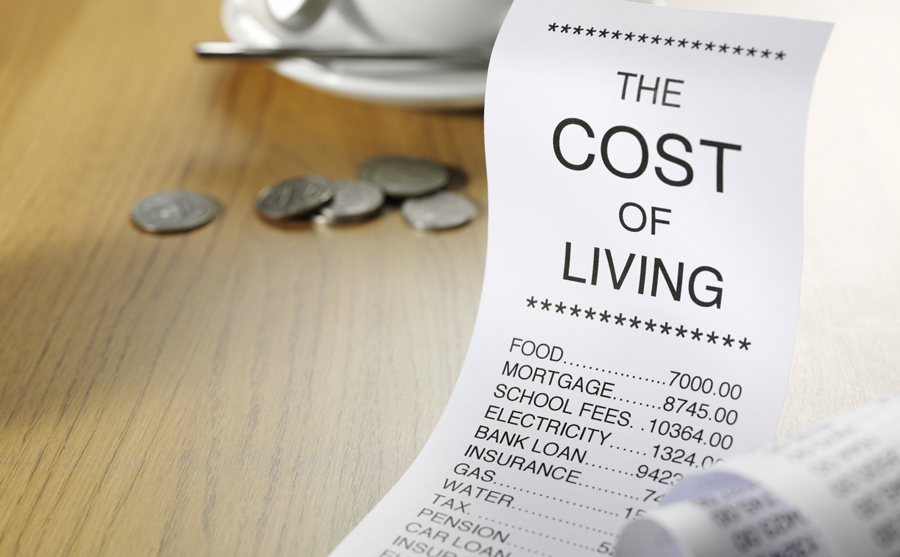This article is republished with permission from Dollars and Sense.
|
Being one the richest nations in the world does have its perks. Our country has relatively advanced infrastructure and higher expenditure capabilities. However, are we marginalized when it comes to wage allocation from the perspective of the average worker in Singapore? |
Singapore Vs Other Developed Nations In The World
Finland and Korea are good comparison for Singapore as the structure of both countries fit Singapore better.
Looking at Exhibit 1, we can see that Singapore pays 43% of its GDP out to employees in total compensation. Although, the difference between Korea and Singapore is only 1%, this translates into S$4 billion. In absolute terms, it is still a large amount.
Does this means that the people employed in Singapore are underpaid compared to our peers?
Exhibit 1: Amount of GDP Paid Out To Employees Comparison Table
| Singapore | Luxembourg | Australia | Finland | Korea | Japan | |
| Nominal GDP | S$402.5 billion | €52.1 billion | A$1.6 trillion | €207.2 billion | 1,429.4 trillion won | ¥479.1 trillion |
| Compensation to Employees | S$174.5 billion | €24.8 billion | A$782.0 billion | €102.4 billion | 629.4 trillion won | ¥247.4 trillion |
| Total Population | 5.535 million | 569,000 | 23.5 million | 23.5 million | 50.2 million | 127.3 million |
| Total Employed | 3.5 million | 381,000 | 11.6 million | 11.6 million | 20.1 million | 63.1 million |
| GDP paid out to Employees | 43% | 48% | 49% | 49% | 44% | 52% |
Singapore pays one of the highest per employed in PPP terms
43% of our GDP were paid out to everyone employed in Singapore in 2015. This translates to the average person making $4,137 per month, inclusive of CPF. Gross wage would be $3,536 (4,137/1.17), and the take home wage would be $2,829 (20% of the gross wage is paid into CPF).
Exhibit 2: Comparative Table in PPP Terms for Compensation per Employee
| Singapore | Luxembourg | Australia | Finland | Korea | Japan | |
| GDP Paid Out to Employees | 43% | 48% | 49% | 49% | 44% | 52% |
| Average Compensation (LC) | S$49,642 | €65,249 | A$67,466 | €8,834 | 25,109,326 won | ¥3,920,474 |
| PPP Conversion Rate (LC/US$) | 0.85 | 0.914 | 1.47 | 0.924 | 892 | 106 |
| Average Compensation (PPP) |
58,403 |
71,388 |
45,895 |
9,560 |
28,149
|
36,986
|
Note: LC = Local Currency, PPP = Purchasing Power Parity
Before explaining why Singapore pays one of the highest per employed, let us first explain what Purchasing Power Parity (PPP) means.
|
"...We can take comfort that our PPP earnings is still one of the highest in the world, thus leading to a higher standard of living."
|
Across the world, people in different countries would face different prices of goods due to various reasons. For example, the price of rice in Thailand would be lower than in Singapore because Singapore has to import rice from overseas while Thailand can just grow it locally at a lower cost.
Therefore, PPP conversion rate adjusts such that the same good (e.g. rice) in two countries will have the same price when converted to the same currency. Hence, using the same example above (converted to US$), the price of rice would be higher for Singapore compared to Thailand.
Using the PPP conversion rate for compensation per employee to US$-PPP would be a better representation of the currency’s purchasing capability. Our calculation includes taxation, which better represents disposable income compared to gross wages.
Compared to the other 5 developed nations, Singapore came in 2nd, in spite of being last in terms of GDP paid out as compensation to employees. The reason is simple, low taxes. Similarly, Luxembourg also has very low taxation, which provides its employees with a very high US$-PPP compensation per employee.
Although we might be unhappy that Singapore pays out one of the lowest percentage of its GDP as compensation to workers compared to other countries, we can take comfort that our PPP earnings is still one of the highest in the world, thus leading to a higher standard of living.








